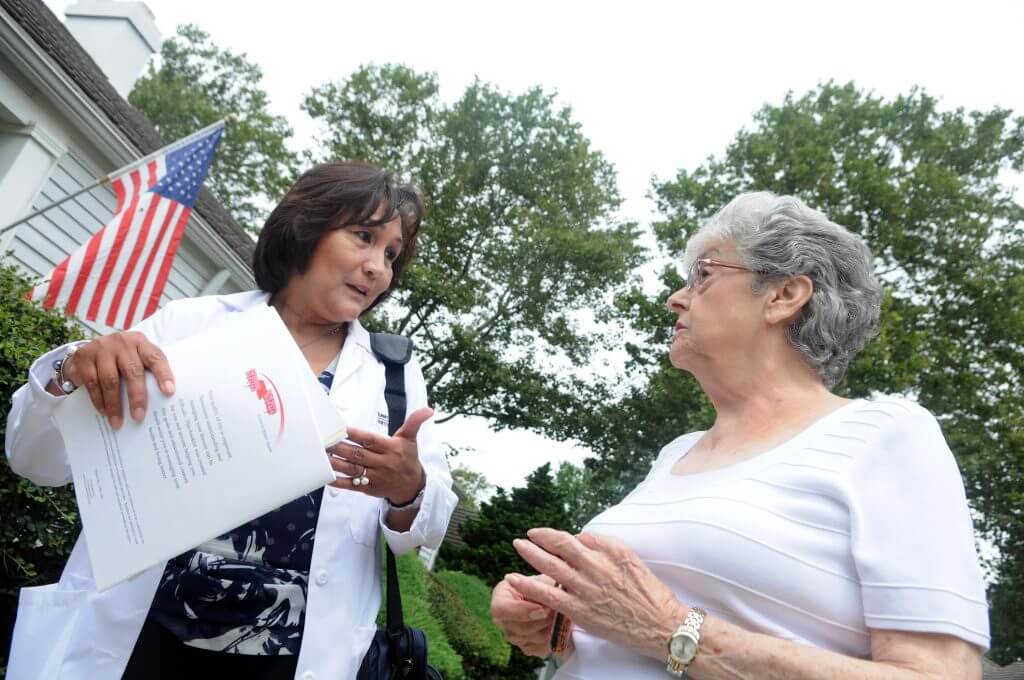
Mar 13, 2017
Charting Nursing’s Future Offers Big Picture on How Laws Affect the Public

Rely as Americans may on nurses—and with 3.6 million registered nurses in this country, we do—most do not know a lot about nurses, including the fact that some 350,000 are engaged in advanced practice. That’s only one reason the latest issue of Charting Nursing’s Future is so valuable: It provides a glossary, a primer, and a call to action all in 14 pages about what advanced practice registered nurses (APRNs) can do, and why laws in some states hinder these highly educated professionals from providing consumers the care they are prepared to provide.
Here are some of the in-depth ways the issue examines efforts to remove barriers to what APRNs can do in various states in the country:
- A map of the United States illustrating the inconsistency of state laws governing nursing practice (page 1)
- Links to four of the latest studies that suggest consumers get high-quality care at less cost when states remove practice restrictions (page 2)
- A mix of essays showing the impact on patients of different laws governing each of the four types of APRNs (pages 4-6)
- An in-depth look at so-called “collaborative agreements,” with a focus on the political compromise adopted in some states: transition-to-practice periods (pages 7-8)
- Legislative wins and a list of groups that support better care through less-restrictive laws and regulation—and a look at the challenges that remain (pages 9-10)
If you read nothing else, read the two-page executive summary at the start and the APRN primer and glossary at the end.
If you have time for a bit more, also read the four myths and rebuttals scattered in boxes throughout.
In fact, read the whole thing cover-to-cover: It busts myths, attacks misperceptions, provides facts, and shows all facets of the case for removing barriers to APRN practice.
